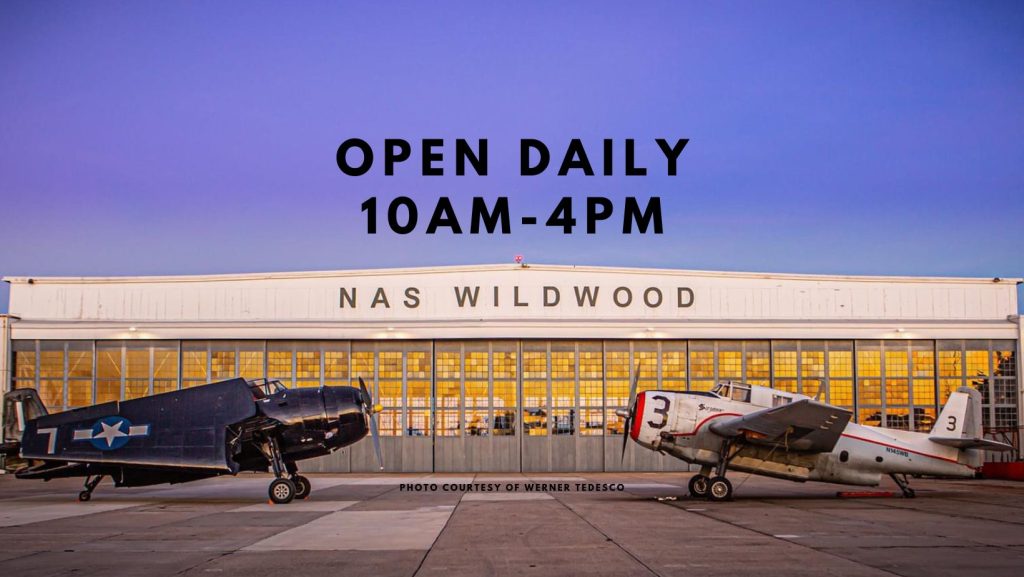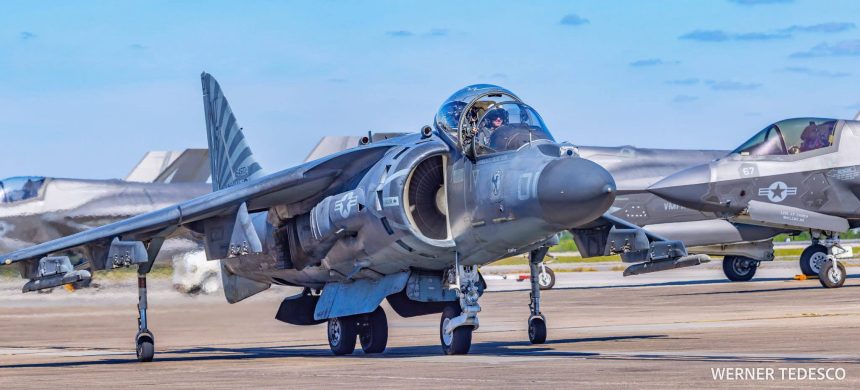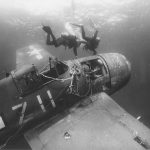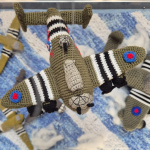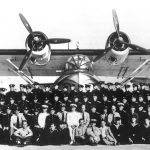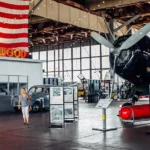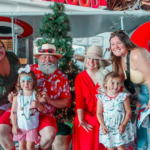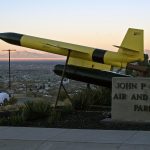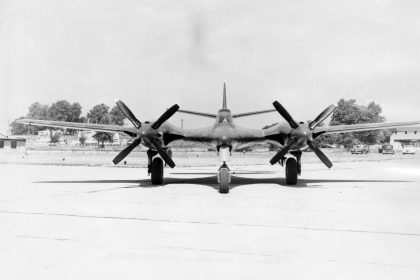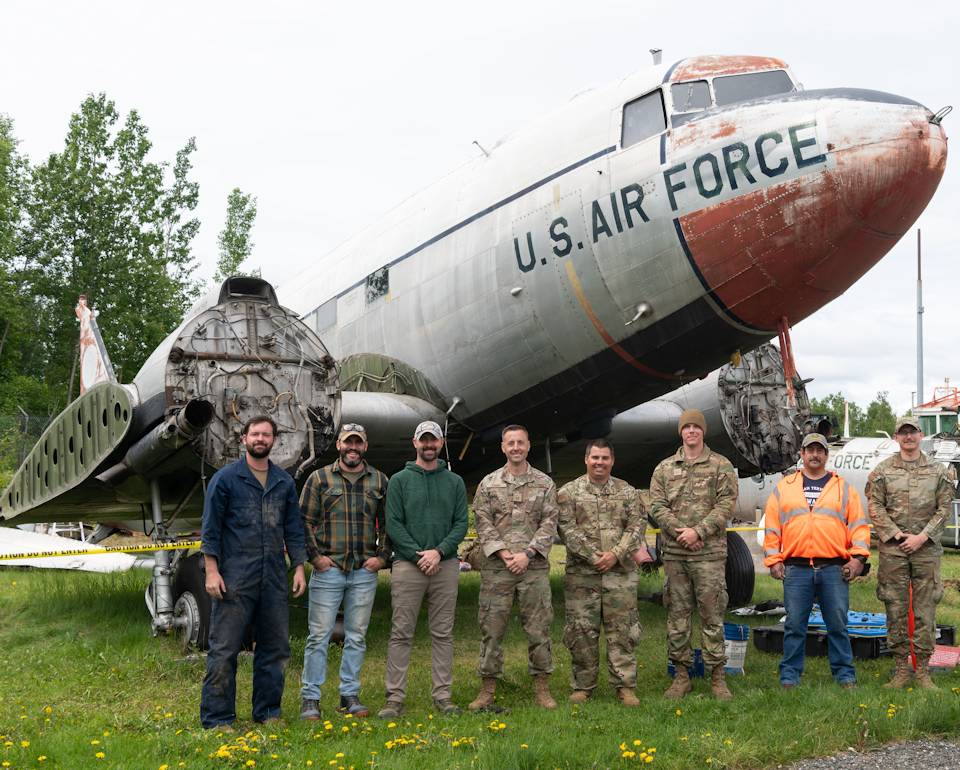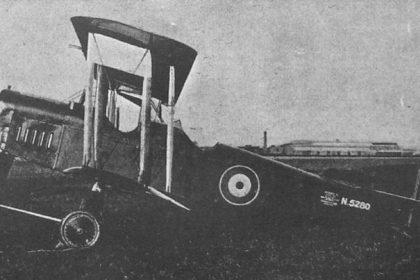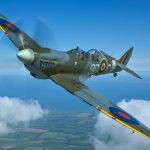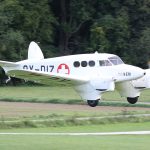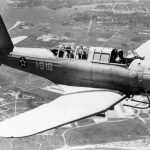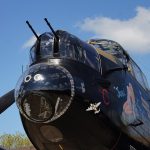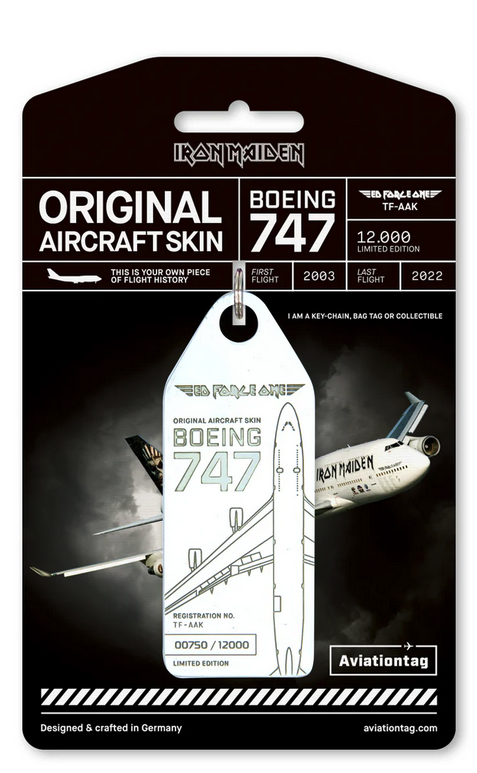PRESS RELEASE
After more than four decades of operational service, the United States Marine Corps is advancing the retirement of its AV-8B Harrier II+ aircraft. This iconic vertical/short takeoff and landing (V/STOL) platform has played a critical role in modern combat operations, including Operation Iraqi Freedom and Operation Enduring Freedom. The remaining Harriers are expected to be fully retired by 2027, with the F-35B Lightning II assuming their mission roles. As part of this transition, selected aircraft are being transferred to aviation museums across the country. On May 13, 2025, an AV-8B Harrier II+ officially joined the collection at the Fort Worth Aviation Museum (FWAM) (HERE), and on July 16, 202,4 the Hickory Aviation Museum received its Harrier from the nearby Marine Corps Air Station (MCAS) Cherry Point in North Carolina (HERE).
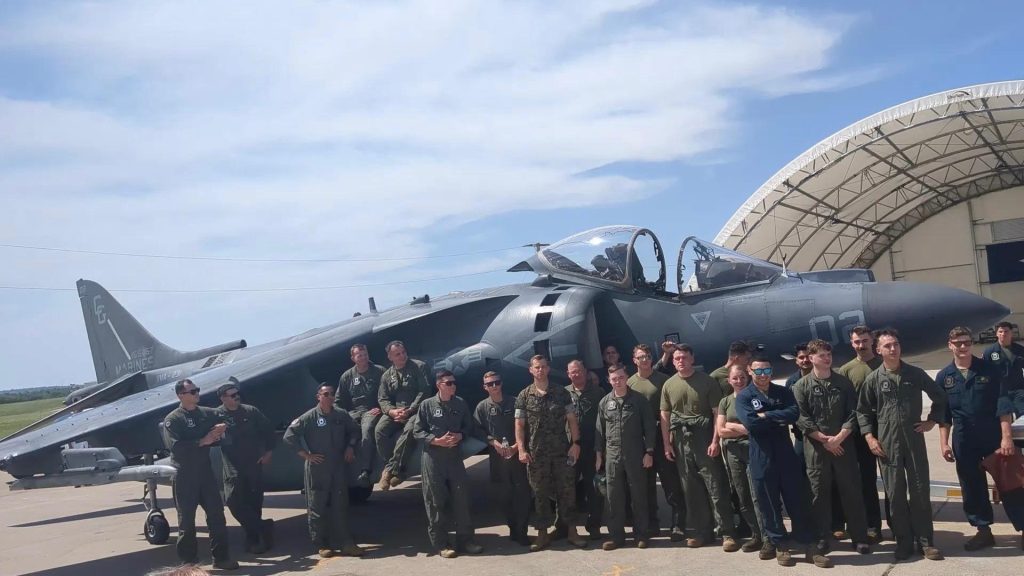
One such aircraft — AV-8B Harrier II+ BuNo 164554 — will soon become part of the collection at the Naval Air Station Wildwood (NASW) Aviation Museum, where it will be displayed under long-term loan from the National Naval Aviation Museum in Pensacola, Florida. The Harrier is scheduled to arrive by truck on the afternoon of Wednesday, June 4 (subject to change depending on transport logistics). Following its arrival, the aircraft will be carefully moved into the museum’s 92,000-square-foot, World War II-era Hangar #1. Visitors and aviation enthusiasts can follow updates regarding the aircraft’s arrival and exhibit plans by visiting usnasw.org or following NAS Wildwood Aviation Museum on social media.
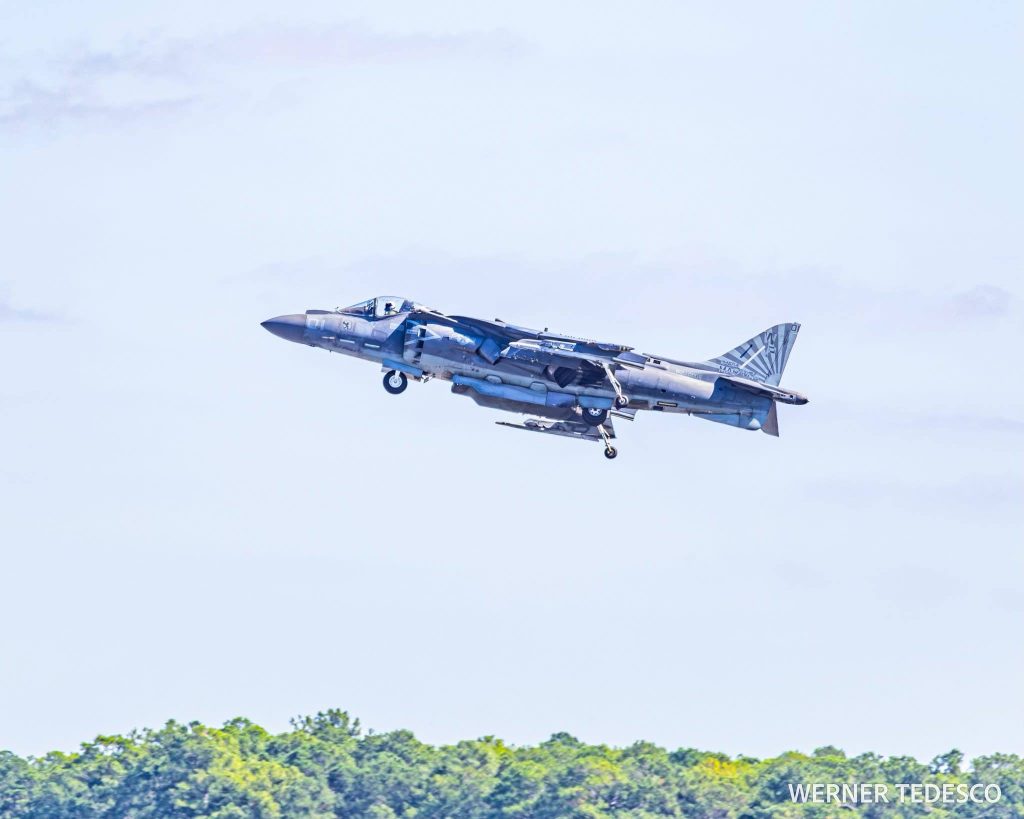
Commissioned into service on August 31, 1993, with Marine Attack Squadron VMA-542, and later assigned to VMA-223 “Bulldogs,” BuNo 164554 flew an impressive 219 combat missions, logging 755 combat flight hours in the Middle East. The aircraft flew its final mission from MCAS Cherry Point on December 1, 2024, and remains one of the last operational Harriers of its kind — a living tribute to the capabilities and resilience of Marine Corps aviation.
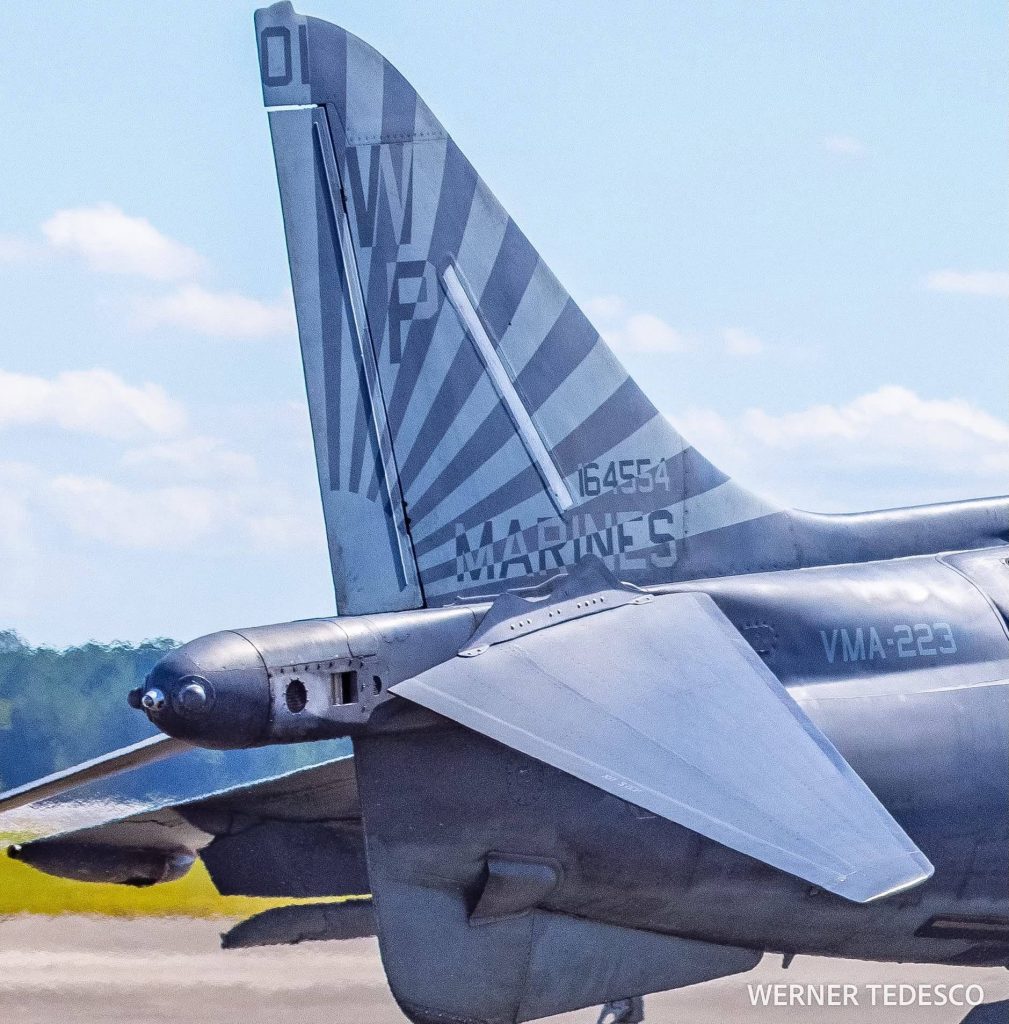
Renowned for its ability to operate from forward bases, aircraft carriers, and austere environments, the AV-8B Harrier II+ represents a unique leap in close air support capability. Its V/STOL design allowed for rapid battlefield response and precision strikes in environments where traditional aircraft could not operate, making it a vital tool for Marine forces in expeditionary settings. The aircraft’s connection to VMA-223 adds further historical significance. Originally commissioned as Marine Fighter Squadron 223 (VMF-223) in World War II, the “Bulldogs” became the first Marine squadron to engage in combat during the Battle of Guadalcanal, operating from Henderson Field as part of the legendary Cactus Air Force. The squadron distinguished itself by downing 83 enemy aircraft, including that of Japanese ace Junichi Sasai, and later flew the F4U Corsair in the Philippines and Okinawa campaigns, earning two Presidential Unit Citations for valor.
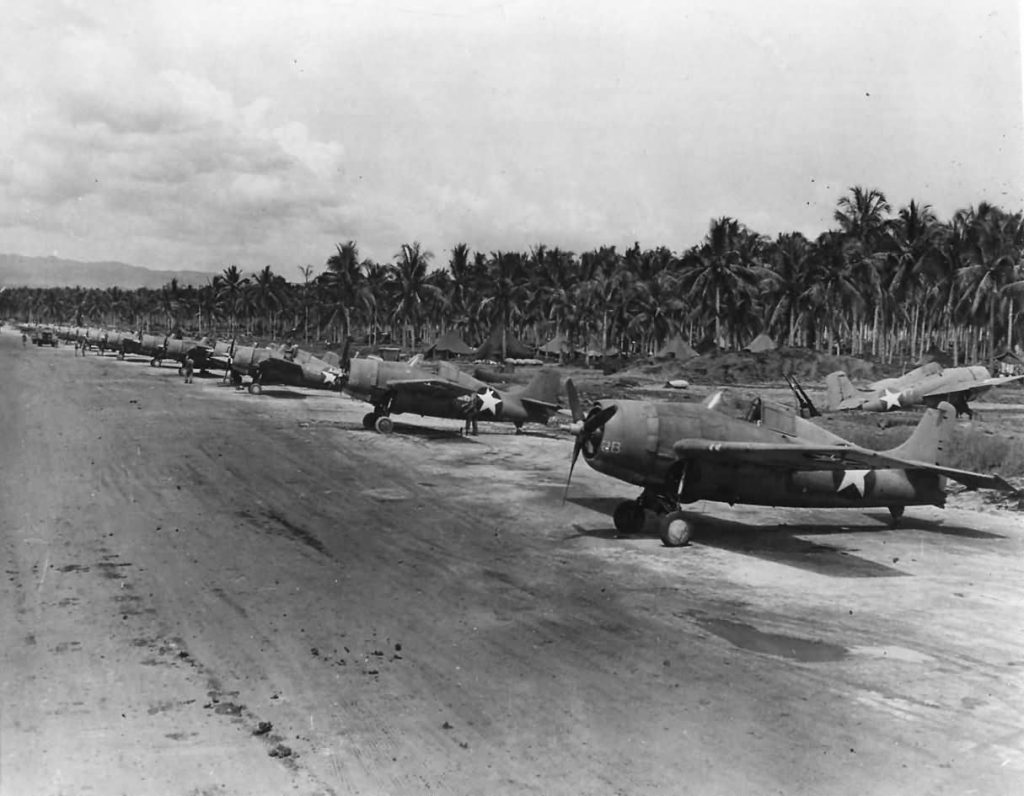
NAS Wildwood itself trained Corsair pilots during the Second World War, creating a poignant link between past and present with the arrival of this Harrier — a bridge across 80 years of Marine aviation history. Naval Air Station Wildwood Aviation Museum is housed in historic Hangar #1 at Cape May Airport, the former site of Naval Air Station Wildwood, a World War II dive-bomber training base. The museum is dedicated to the memory of the 42 aviators who perished while training at the base between 1943 and 1945. Admission includes access to the Longest Yarn Traveling D-Day Exhibit, on view through Labor Day. The museum is open daily from 10:00 a.m. to 4:00 p.m. For additional information, please visit usnasw.org.
